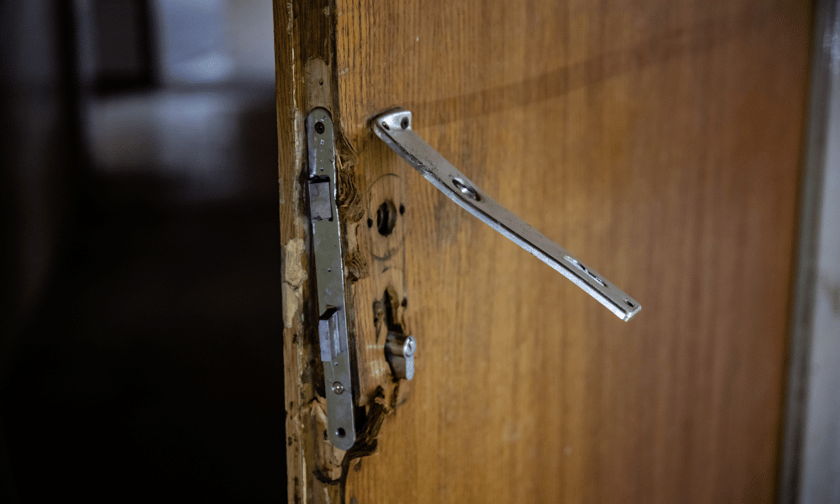

A recent survey by Budget Direct Home Insurance has highlighted a shift among Australian homeowners, with many investing in security features and expressing a willingness to pay more for homes in safer neighbourhoods.
According to the data, over half of respondents have added deadlocks, security screens, or cameras to their homes in an effort to deter break-ins.
The survey also found that nearly 60% of participants would pay extra to live in a safer suburb, with that percentage climbing among women and those who have experienced past break-ins.
The findings revealed that 8% of respondents had a break-in over the past year, with young adults and residents of Western Australia reporting slightly higher rates.
The most common impact of a break-in, respondents said, was property theft, though gender differences emerged: women were more likely to report stolen items, while men and younger individuals reported confrontations with intruders.
Interestingly, survey results showed a gap between perception and reality regarding stolen items. While 40% of respondents believed that cash and wallets were most vulnerable, data from the Australian Bureau of Statistics (ABS) indicated that items like bicycles and keys are just as frequently stolen in home burglaries.
Additionally, parcel theft has surged, doubling since Budget Direct’s survey in 2022. In fact, almost two-thirds of those who had experienced a break-in also reported package theft from their property.
Home insurance coverage remains another area of concern, with a recent Compare the Market survey revealing that 32.8% of homeowners have estimated the value of their possessions instead of accurately calculating replacement costs.
This approach, often used as a quick solution, could lead to underinsurance and leave policyholders exposed to unexpected costs if their coverage falls short during a claim.
Adrian Taylor, general manager for general insurance at Compare the Market, pointed out the risk of relying on estimates for insurance purposes.
“People may think that they have a good feel on what the value of their homes or contents might be, but the fact is, people either will under- or overvalue what they have,” he said.
He explained that this issue could become particularly problematic when rising construction and replacement costs are not reflected in policy updates, especially following natural disasters or significant events.
To address these risks, Compare the Market suggested that homeowners review their policies regularly, using tools such as online calculators to achieve more accurate estimates for property and contents insurance coverage.
Affordability issues are also affecting Australian households, with the Actuaries Institute reporting that around 1.6 million households are now dealing with “insurance affordability stress.” This number has risen by 30% since last year, largely due to a 9% hike in average home insurance premiums.
According to the institute’s report, Australian households now allocate about 9.6 weeks of gross income to insurance costs.
The report defined affordability stress as situations where insurance costs exceed one month’s gross income, a condition now affecting 15% of households, up from 12% in 2023.
